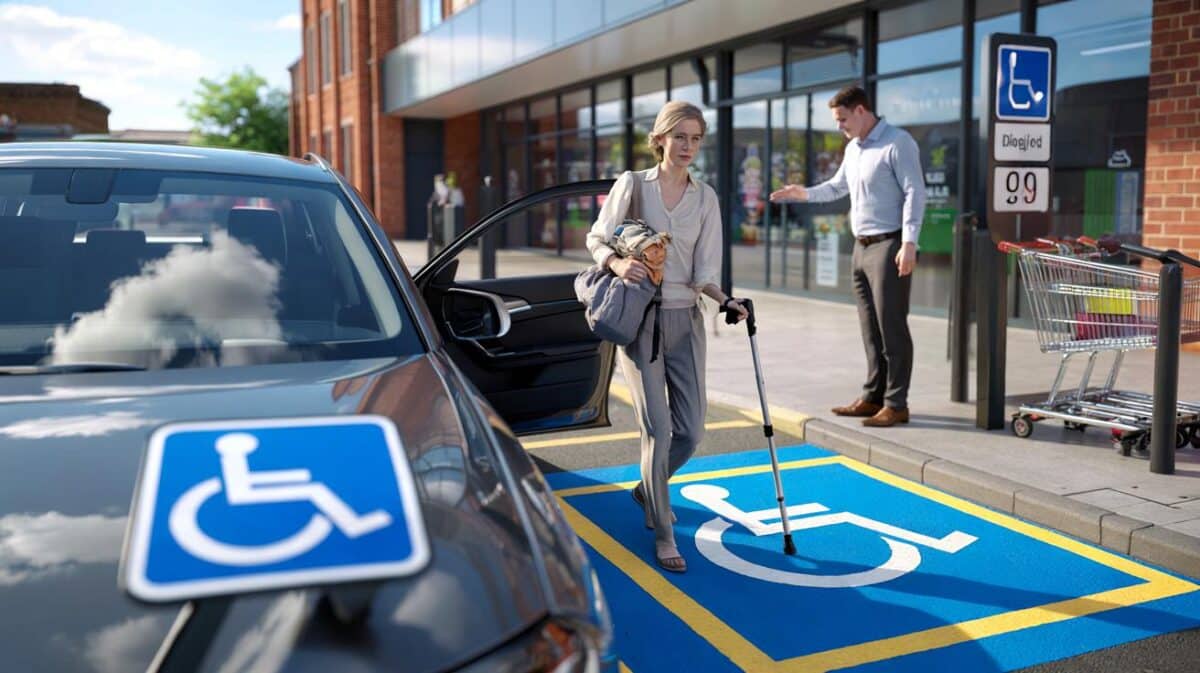Back pain isn’t always dramatic. It creeps in after long days at a desk, school runs, and a sofa that felt fine until it didn’t. The answer might be smaller than you think — as small as a handful of minutes you can actually find.
Three of us rubbed our lower backs in the shimmering silence, that universal shuffle that says: “Not again.” Outside, the pavement was wet and bright, London waking up in fits and starts. I decided to walk two extra bus stops, not out of virtue but because I couldn’t face another hour welded to a chair.
Ten minutes in, shoulders unlocked. Fifteen, the small ache in my right hip sank away. By twenty, I wasn’t counting any more. A cyclist nodded as if to say, keep going. There’s a number.
The number that changes your back
Thirty minutes a day is the sweet spot for most backs. Not a marathon. Not a military march. Just half an hour of easy, rhythmic walking that coaxes stiff joints to move and feeds tired discs with the motion they crave.
If half an hour in one go feels out of reach, split it. Three walks of ten minutes spread through the day deliver remarkably similar benefits for your spine and your head. For people who like numbers, that’s roughly 3,000–4,000 purposeful steps, depending on your stride. Enough to lift your heart rate a touch, not enough to wipe you out.
Maya, 41, works in a team that lives inside spreadsheets. She tried running and flared her back twice. Then she switched to 10-minute “commute breaks” at 10:30, 13:30 and 16:00. Two weeks later she messaged: “First Friday without painkillers in months.”
Large health surveys tell the same story in less personal language: people who clock 150 minutes of moderate walking a week report fewer back pain flare-ups and faster recovery when pain does pop up. Real life is messier than a graph, but the trend is stubborn. Consistent, ordinary walking calms a cranky back.
Why does walking help so much? Think of your spine as a column of clever hydraulics. Movement squeezes and releases the discs, which helps them draw in fluid and nutrients. Blood flow to the small muscles that hug the spine improves, clearing the chemical “noise” of soreness.
Your core doesn’t switch on like a gym class; it hums. Arms swing, ribs move, hips roll a fraction, and your nervous system gets friendlier with every step. That steady rhythm also dampens stress hormones, which have a habit of turning a twinge into a siren. The science sounds fancy. The method is plain.
How to make those minutes work for your spine
Pick a dose you can repeat tomorrow. One block of 30 minutes on most days is gold. So is 3 × 10 minutes, especially if you sit for work. Aim for a pace that lets you chat in full sentences while breathing a little heavier. That keeps you in a zone your back tends to love.
Keep your gaze up, soften your knees, and shorten your stride a touch so your heel doesn’t thump the ground. Let your arms swing — it helps your trunk rotate and share the load. If you like numbers, a brisk cadence is 100–115 steps a minute. If you prefer feel, think “springy, not stompy.”
We’ve all had that moment when a day vanishes into emails and takeaway coffee. Let’s be honest: nobody actually does this every single day. Missed a walk? Take one call while strolling. Swap the lift for one flight of stairs and a five-minute loop outside. Small wins add up because your back cares about patterns, not perfection.
Common trip-ups: overstriding to “go faster,” gripping your glutes like a plank, or marching with your head down scrolling. Shoes matter too — pick something that feels comfortably cushioned without turning your foot into a mattress. If a hill spikes your pain, flatten the route for a week and build back slowly.
Think of walking like seasoning: little and often makes the whole dish better. If you already have an exercise routine, your walk is the glue that keeps you moving between sessions. If you don’t, your walk is the routine. Simple scales before symphonies.
“Walking is the most underrated spinal treatment we have — cheap, repeatable, and forgiving,” said a London physiotherapist who sees desk workers all day long.
- Start with 10–15 minutes daily for a week, then add 5 minutes every few days.
- Use landmarks: two bus stops out, three back.
- Carry light; switch shoulders if you’ve got a bag.
- Mix surfaces: park paths, pavements, a gentle slope for variety.
- Finish with 60 seconds of easy hip circles or knee hugs.
What happens if you actually try this for a month
Give your back 30 minutes of walking a day for four weeks and watch what shifts. Mornings feel less creaky. The flare that used to blow your day apart becomes a whisper you can handle. Your mood lifts because your body finally gets the steady movement it’s been asking for.
Short, regular walks beat heroic weekend marches. It’s the drumbeat that counts, not the drumroll. If your pain spikes sharply, or you feel weakness or tingling in a leg, press pause and talk to a clinician who can check for other causes. Most backs love motion. Some need a different plan for a while.
This isn’t about being a fitness person; it’s about being a person who moves. Share a 10-minute loop with a neighbour. Turn a call into steps. Tie your walking to daily anchors — after breakfast, after lunch, after work — and the habit sticks. You might find the minutes you needed were hiding in plain sight all along.
| Key point | Detail | Interest for readers |
|---|---|---|
| Daily walking dose | 30 minutes most days, or 3 × 10 minutes | Clear, doable target that fits busy lives |
| How to walk | Brisk, conversational pace; short stride; natural arm swing | Quick technique tweaks that ease strain |
| Consistency over intensity | Regular, smaller walks outperform sporadic long ones | Reduces flare-ups without exhausting time or willpower |
FAQ :
- How many minutes should I walk each day to help prevent back pain?Target 30 minutes on most days. You can split this into three 10-minute walks if that’s simpler.
- Is step count better than minutes?Both work. Minutes are easier to plan; 3,000–4,000 purposeful steps per day covers the same ground for many people.
- What pace should I aim for?Brisk enough to raise your heart rate a little while you can still talk in full sentences — roughly 100–115 steps a minute.
- Can walking make a disc problem worse?Gentle, steady walking often helps disc-related pain settle. If pain shoots down your leg, stop and ease off; speak to a healthcare professional for tailored advice.
- When’s the best time to walk for back health?Any time you’ll actually stick to. Morning walks loosen stiffness; lunchtime breaks undo desk time; evening strolls calm a wired brain.









